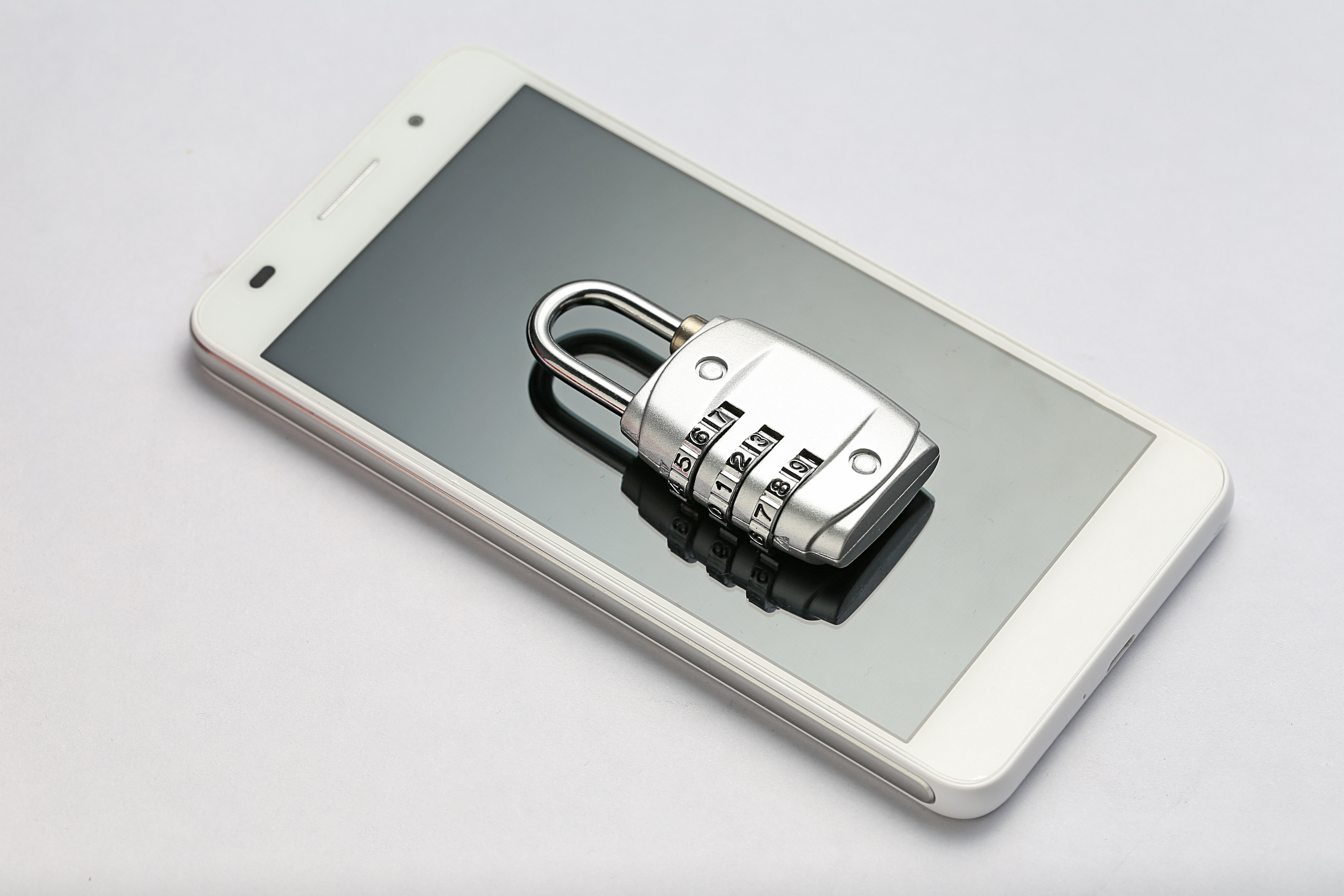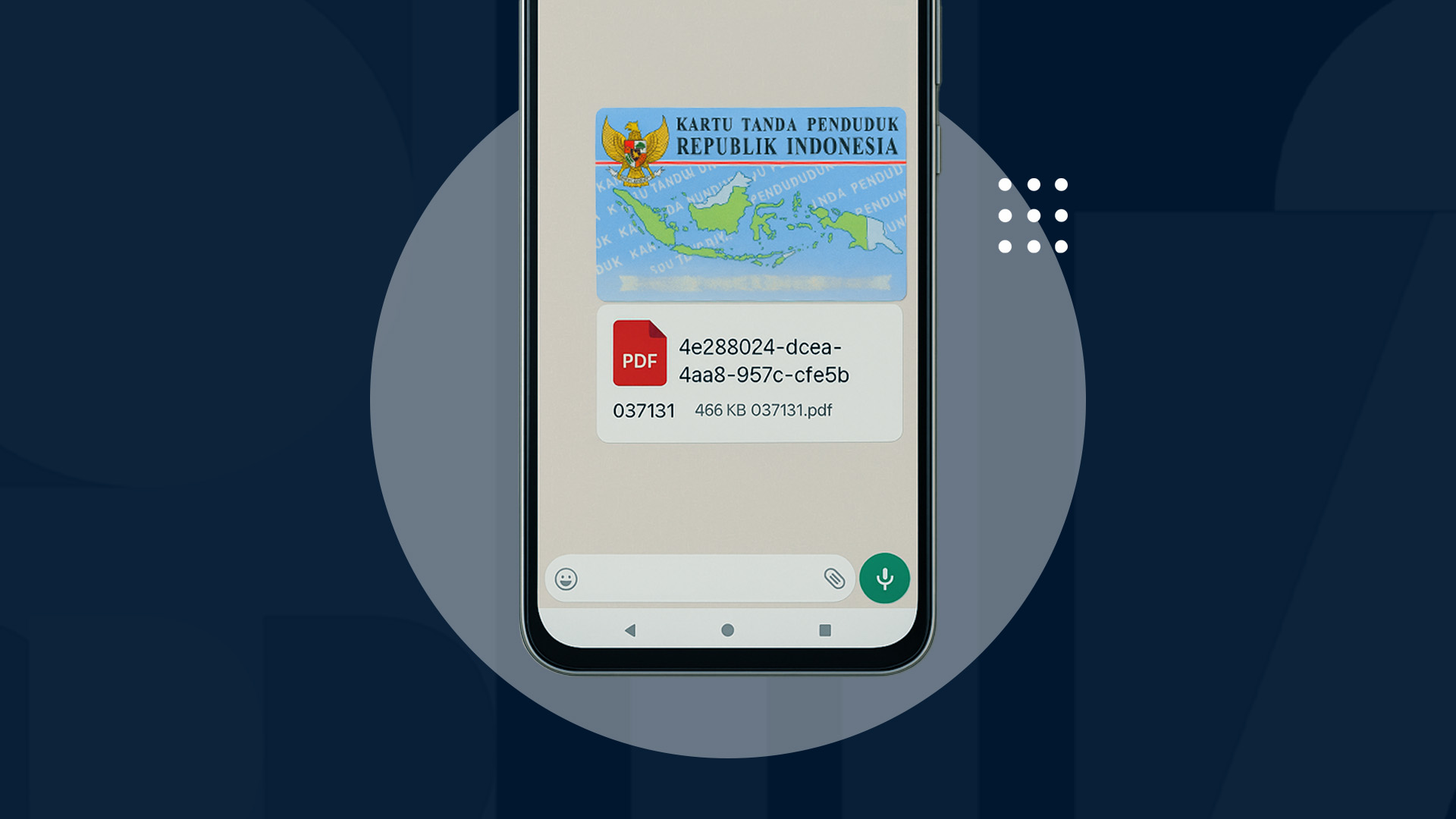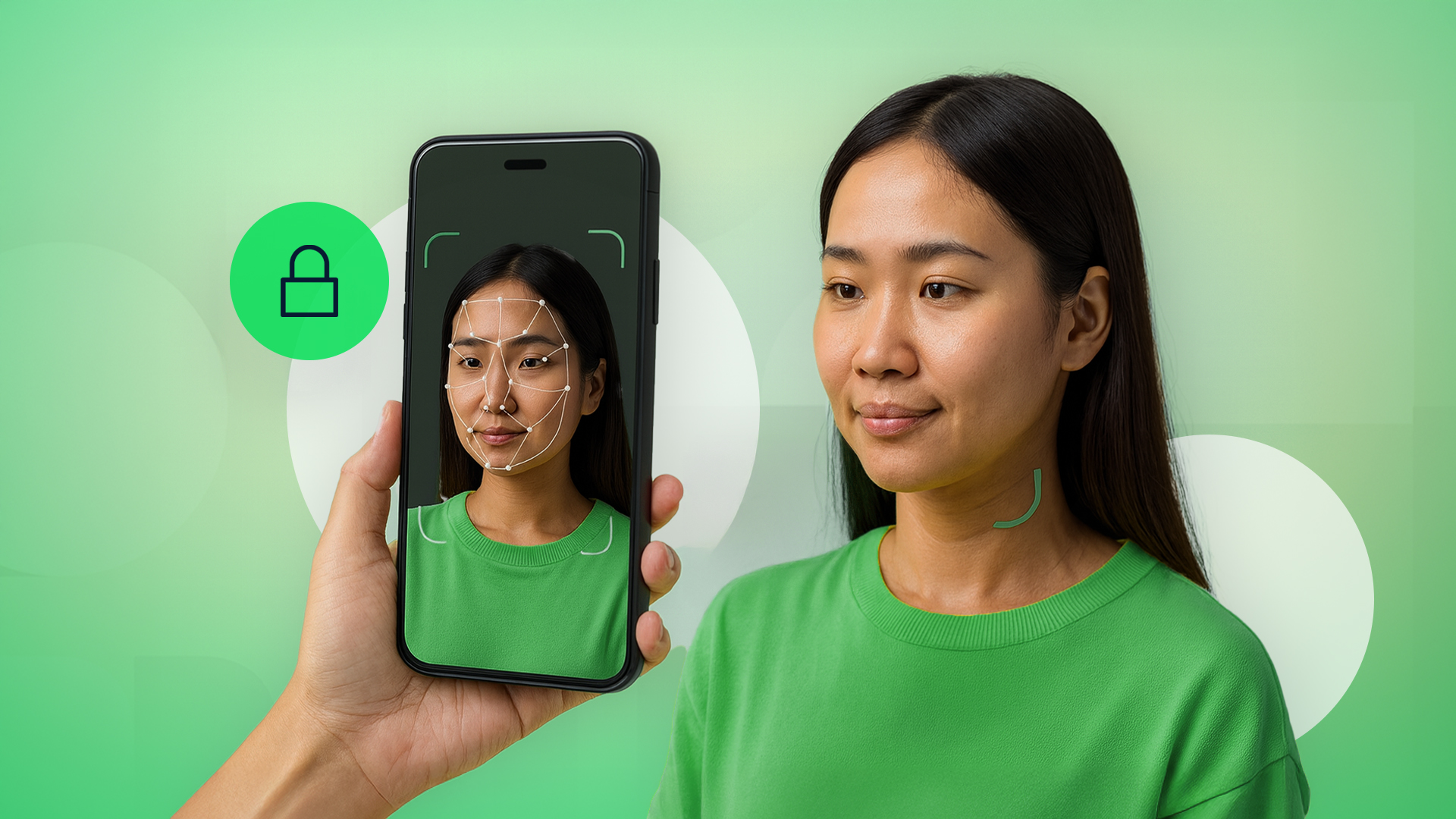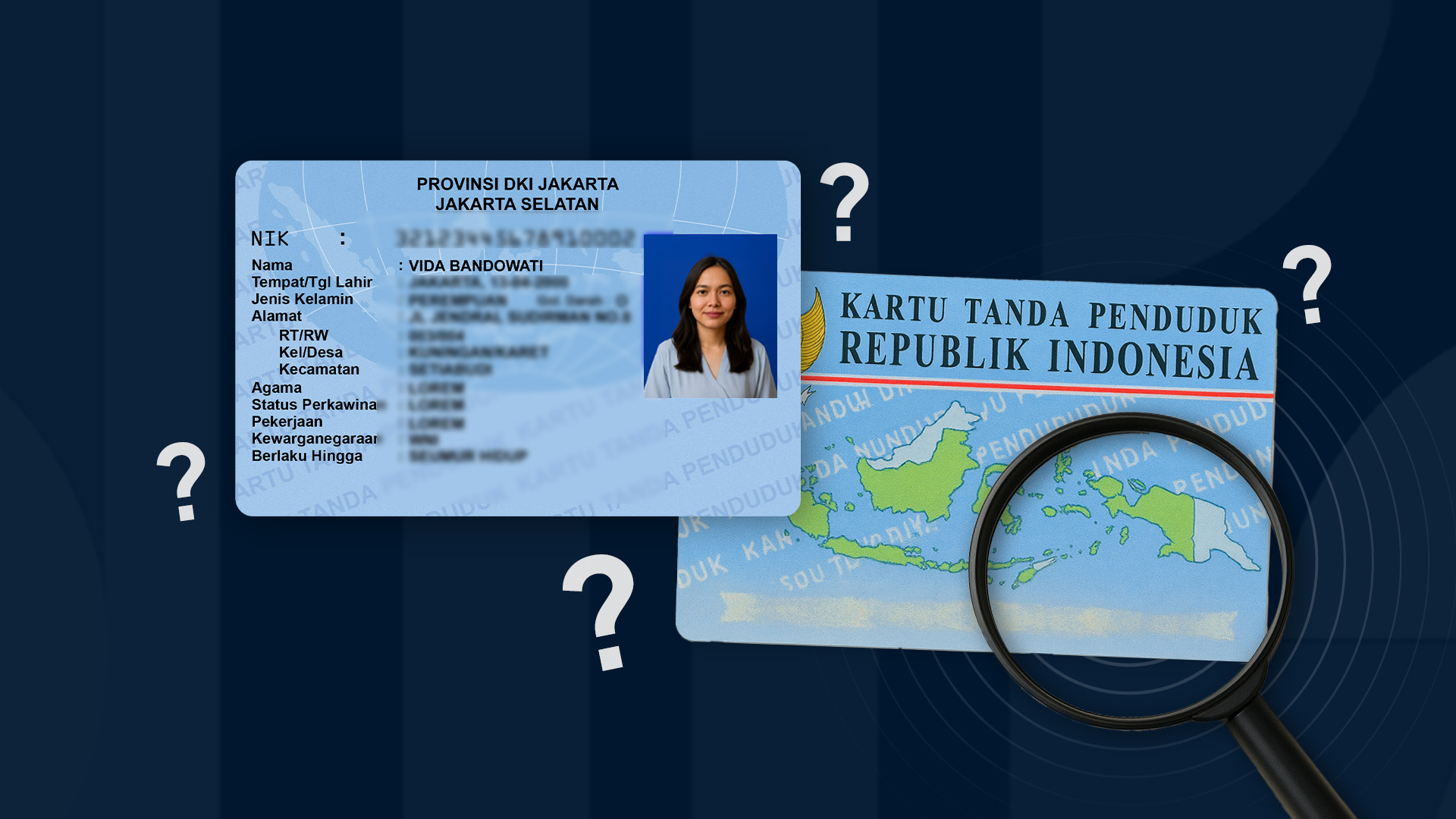Have you ever received a code via SMS, email, or WhatsApp right after trying to log in or make a transaction? That short string of numbers is called a verification code, and while it may seem like a minor detail, it plays a massive role in protecting your digital identity.
In a world where most of our financial and personal activities are done online, the question isn’t just what is verification code, but why is it more important than ever? Let’s break it down.
Definition of Verification Codes
A verification code is a temporary and unique string of digits sent to users to confirm their identity during login, transactions, or account changes. Most people recognize it in the form of a 4 to 6-digit One-Time Password (OTP), which is sent through SMS, email, or app notifications.
Verification code is usually uniquely generated. Verification code also usually expires within a few minutes and only one-time use, means the code is valid only once and cannot be reused.
The Philippines has been making great strides in digitizing its economy. Mobile wallets, online banking, and digital platforms have made access to finance easier than ever. In fact, digital payments grew from just 10% in 2018 to over 30% in 2021.
But with this progress comes risk.
In 2024, identity fraud in the Philippines surged by 121%, with phishing and account takeovers becoming increasingly common. In response, national regulators like the Bangko Sentral ng Pilipinas (BSP) issued mandates requiring strong customer authentication including the use of verification codes and advanced identity checks.
So again, if you're wondering what verification code is and why it's enforced on digital platforms, it's because regulators and businesses are working to prevent digital fraud at the source.
The Importance of Verification Codes
Now that you understand what verification code is, it’s important to know why it exists in the first place. In an age of rising cyberattacks, data breaches, and identity theft, verification codes are your first line of defense.
Here’s why they’re essential:
1. Stops Unwanted Logins
Even if a hacker guesses your password, they won’t get far without the verification code sent to your personal device or email.
2. Prevents Identity Theft
In places like the Philippines, where digital adoption is rising rapidly, so are identity-based fraud cases. Verification codes help keep your accounts safe from unauthorized use.
3. Protects Financial Transactions
When you're about to transfer money or make an online payment, the platform sends a verification code to double-check it's really you. This helps reduce mistakes and fraudulent transfers.
4. Builds User Trust
Digital platforms that enforce verification codes show users they take security seriously, building trust and encouraging digital adoption.
Common Misuses of Verification Codes
Unfortunately, as digital security tightens, fraudsters find new ways to exploit human error. Understanding how verification codes can be misused will help you stay ahead of scammers.
1. Phishing Attacks
Scammers send fake messages pretending to be your bank or service provider. They may claim you’ve won a prize or that your account is under threat. The moment you enter the verification code they ask for, you give them full access to your account.
2. Man-in-the-Middle (MitM) Attacks
In this case, a cybercriminal intercepts your communication, often through unsecured Wi-Fi, and grabs the verification code before it reaches you. Once in their hands, your account could be compromised.
3. SIM Swap Fraud
This occurs when a fraudster convinces your mobile provider to transfer your number to their SIM card. Once successful, all verification codes sent to you will now go to them.
Biometric Verification Is the Future
While verification codes are still useful, cybercriminals are catching up. OTPs sent via SMS can be phished, intercepted, or stolen through SIM swap attacks. This is why digital platforms are now shifting to biometric verification methods like facial recognition or fingerprint scans.
For example, VIDA FaceToken & PhoneToken.
VIDA, a digital identity platform, offers biometric solutions like FaceToken and PhoneToken. These tools eliminate the need for passwords or OTPs. Instead, users verify their identity through a selfie protected with liveness detection to prevent deepfake fraud. On the other hand, your identity is bound to your device. So even if someone knows your password or gets your OTP, they still can’t log in.
In essence, while verification code might be the starting point for understanding digital security, the future lies in frictionless yet highly secure identity technologies.
So, what is verification code? It's more than just a string of numbers. It’s your digital gatekeeper, helping keep your identity, money, and personal data safe in an online world full of threats.
But as fraud tactics evolve, so must our defenses. Beyond verification codes, biometric verification offers an even stronger, faster, and more personal way to protect access and build trust.

.png)


